Origins of Romanticism
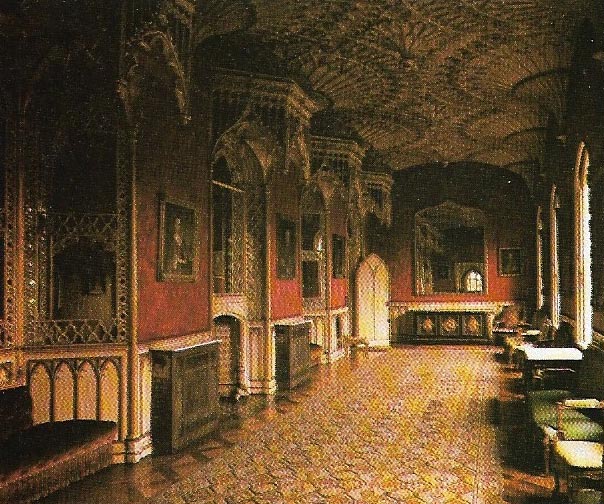
Figure 1. Horace Walpole (1717–1797) converted a farm at Twickenham into a "little Gothic castle" and for 40 years added architectural detail, armor and stained glass, largely derived from chapels and cathedrals of Europe. A "Strawberry Hill Committee ", consisting of Bentley the archaeologist, Walpole and others, virtually originated the revival of Gothic. Because of his influential social position, Walpole the antiquarian was an unconscious instrument of melancholy romanticism and the inspirer of many monastic country houses.
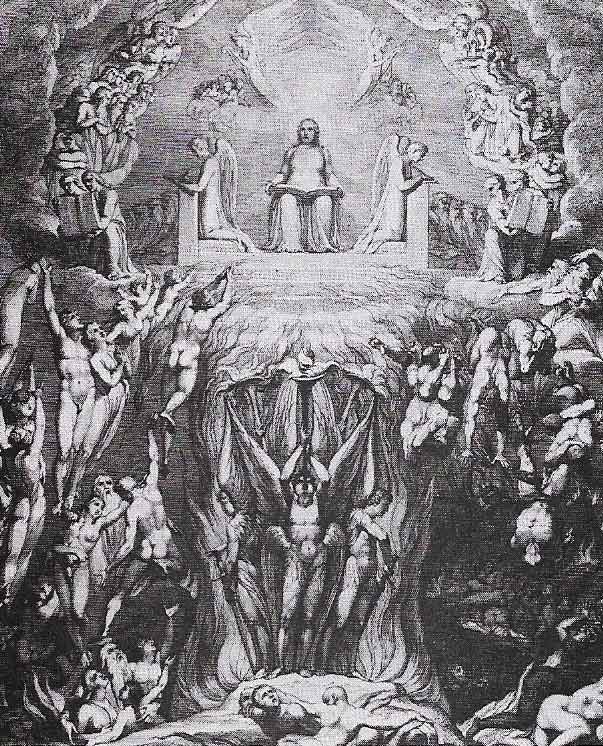
Figure 2. Thomas Parnell's poem "A Night Piece on Death" (1721) initiated the morbid and baroque "Graveyard School". Robert Blair's "The Grave" (1743) in this Romantic style was illustrated by the painter William Blake in 1808.
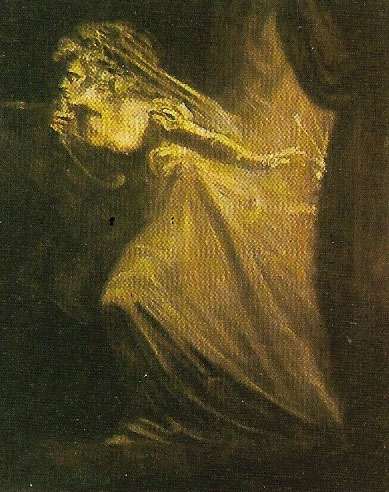
Figure 3. The new interest in Shakespeare owed much to Herder, whose essay Shakespeare (1773) celebrates him as an irrational genius, a philosopher of folk-poetry. This illustration of Lady Macbeth is the work of Henry Fuseli (1741–1825).
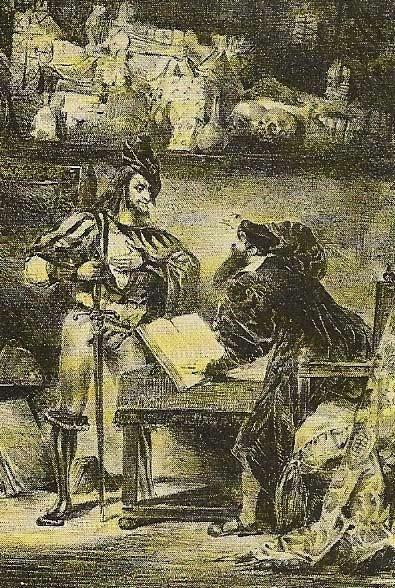
Figure 4. The poetic wonder of Goethe's old age, Faust (part I 1808, part II 1832), grew from a lifetime of reflection. The ultimate transformation of the medieval alchemist into the troubled Romantic scholar was Goethe's symbol of man in search of experience and salvation.
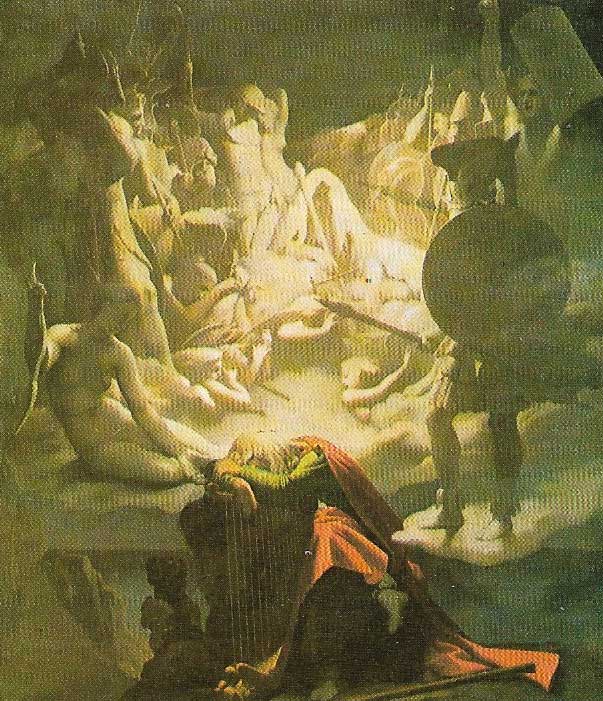
Figure 5. The misty Celtic world of Ossian was a rich and enormously influential vein in European romanticism. Ossian was a semi-legendary 3rd-century Irish poet-warrior (here dreaming a typical dream over his lyre); when Macpherson published his "translation" in 1762 he began a cult that spread throughout Europe. Despite some fierce academic criticism, few suspected that Macpherson had invented freely, with only passing nods to genuine Celtic lore.
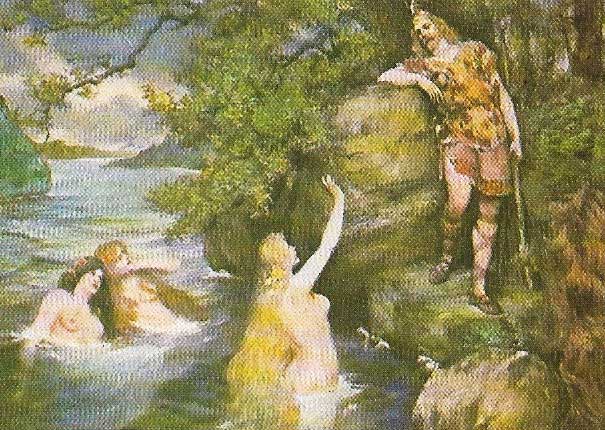
Figure 6. Siegfried, a hero both of Germanic and Norse legend, is a principal figure in the Nibelungenlied. The imposing mythology of the Rhineland attracted much attention from early Romantic writers and painters seeking to establish a mystical German tradition.
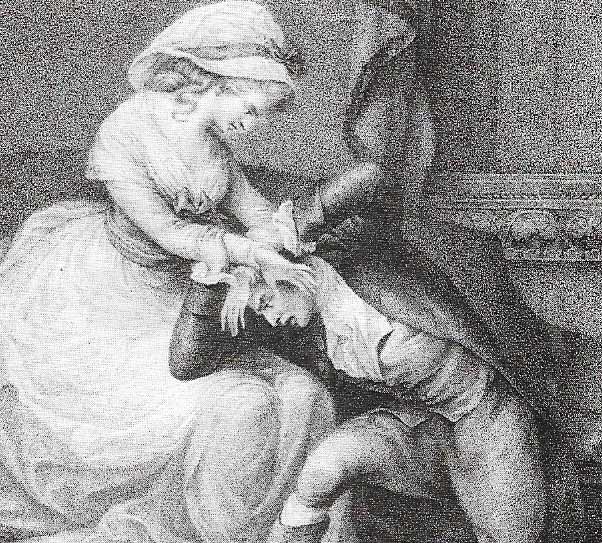
Figure 7. Goethe's own disappointment in love was the foundation for his The Sufferings of Young Werther (1774). The hero's intensity of feeling and dramatic gestures (as in this illustration) inspired numerous imitators; when his suicide for love did the same Goethe's notoriety was assured.
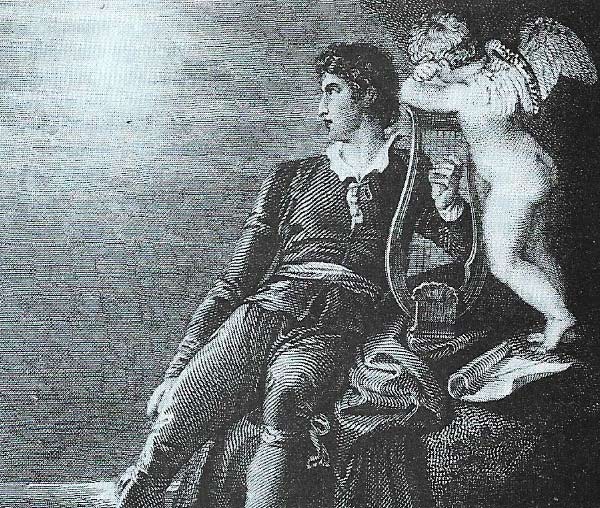
Figure 9. George, Lord Byron (1788–1824), was by temperament and tragic destiny an arch-romantic. His voluminous poetry, reckless in its spontaneity and a ready vehicle for his disenchanted feelings, had a hypnotic effect throughout Europe. Its irony is however absent from his shorter love poems.
The reaction against Enlightenment began early in the 18th century and was evident in many isolated ways that were to coalesce in the great pre-Romantic period of 1770–1798. The Enlightenment had asserted the powers and worth of the individual, laying the philosophical foundations of an individualism that the Romantics elevated to subjectivism. Romanticism rejected the sterility of rationalism, exhaling the emotions as the source of all truth.
Influence of Celtic mythology
One theme runs clearly through the mid-18th century, that of Scandinavian and Celtic mythology and antiquities. Among many who explored these veins, Thomas Percy (1729–1811) translated runic poetry from the Icelandic in 1763 and Thomas Gray (1716–1771) sought inspiration from Scandinavian sources for works such as The Descent of Odin (1761). But these were to be audaciously overtaken by the efforts of James Macpherson (1736–1796). His Fragments of Ancient Poetry (1760) derived from Irish cycles that had found a way into Scotland and their success led to Fingal (1761) and the Ossian phenomenon (Figure 5), a timely invention of sublime Celtic lore that inspired the European Romantic movement.
Although romanticism quickly spread to painting and music, its origins and first expressions were predominantly literary – German and English. In 1765 Percy's Reliques of Ancient English Poetry brought the strength and freshness of the ballad into the literary domain; At about the same time a cause célèbre centered on Thomas Chatterton (1752–1770), who devised medieval imitations alleged to be by Rowell, a fifteenth-century author, as well as writing his own poems. By his early suicide Chatterton became a symbol of the persecuted obsessive dreamer.
Genuine scholarship
While Chatterton indulged in his "pious fraud", genuine scholarship looked into the past to assist the revival of romance. Letters on Chivalry and Romance (1762) by Richard Hurd (1720–1808) and Thomas Tyrwhitt's edition of Chaucer's Canterbury Tales were influential in this.
Romantic curiosity was not merely academic. A new feeling for landscape took men on journeys to the wild Hebrides, to unknown mountains, in search of the physically "horrid and sublime" and, later, the picturesque and romantic. These pursuits would have been almost unthinkable at the beginning of the century under rational classicism. The latent awareness of nature was to bear fruit with the Lake Poets of the 1820s. Countries of the mind appeared in Rasselas (1759) by Samuel Johnson (1709–1784) and Vathek (1786) by William Beckford (1760–1844).
In 1771 Henry Mackenzie (1745-1831) published A Man of Feeling, a novel of sentiment of no outstanding merit but attesting the influence of Jean Jacques Rousseau (1712–1778), the man of nature and feeling par excellence, who, with Johann Herder (1744–1803), was the great theoretical precursor of European romanticism. Rousseau's early involvement with the encyclopédistes turned into a conflict of head and heart and it is the supremacy of the heart that inspires La Nouvelle Heloise (1761).
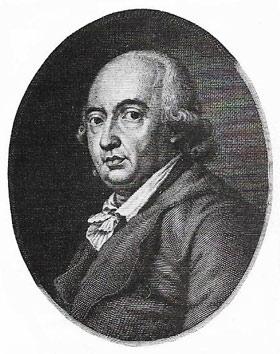 |
| Johann Herder remains the most significant harbinger of the Romantic movement. His real achievement was to alter the course of Goethe's outlook. The young author's rococo ideas were replaced by concepts of spontaneity and originality and he was introduced to popular poetry, to Ossian and Shakespeare. Herder's own important statement of the Sturm und Drang movement lies in two essays written in 1773. He particularly sought to establish the Volkslied (the folk-song) as the only truly valid poetry. |
Its enormous success was followed by Rousseau's equally important Emile (1762), a novel that revolutionized the concept of education. The child, Rousseau maintained, should grow under the moral influence of nature's laws, protected from ready-made instruction, a theory that still echoes through contemporary thought. Rousseau, himself an anguished genius, exercised a profound influence on English literature and the French Romantic movement. His sensibility, sympathy with nature, lyricism and insistence on an immoral but complex should fuse into the plausible dogma of the superiority of inspiration over rational thought.
The influence of Germany
Germany, however, can be regarded as the first home of romanticism and the one in which it took its most characteristic forms. Of its theorists, Gotthold Lessing (1729–1781) was of prime importance. His contributions to literary periodicals dismissed the old classical forms, extolled Shakespeare as a model and drew attention to the resources of German Folk-song. Shakespeare himself (Fig 3) was first translated into German by Christoph Martin Wieland (1733–1813), a move that further advanced the Sturm und Drang ("storm and stress") movement, which embraced a number of young poets, including Goethe, and placed an overwhelming emphasis on intensity and passion.
Rousseau's counterpart, the critic Herder, was also paving the way for German romanticism. His advocacy of a return to nature – and to him Shakespeare was a natural phenomenon – and his precognition of Faust's "feeling of all", nurtured the young Wolfgang Von Goethe (1749–1832) (Figure 7) at Strasbourg into inspirational rather than classical paths. Goethe's multifarious activities and literary achievements, and his fusion of both rational and Romantic elements mark him as the supreme Romantic figure in European literature.
Many strands were woven into later Romantic attitudes. None equalled the decisive impact of the French Revolution. Where madness and melancholia had been the escape route of the earlier Romantics, those who followed found a new freedom.
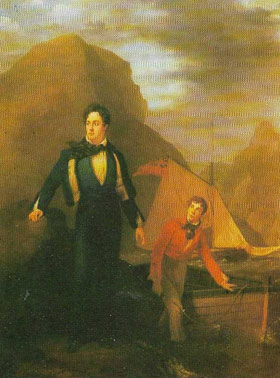 |
| The first substantial Romantic, who "lost his native country and conquered Europe", Lord Byron took Spain, Italy, the East and Greece as a background for his aristocratic individualism. A fervent ally of the Greeks, he died supporting their independence struggle. |
